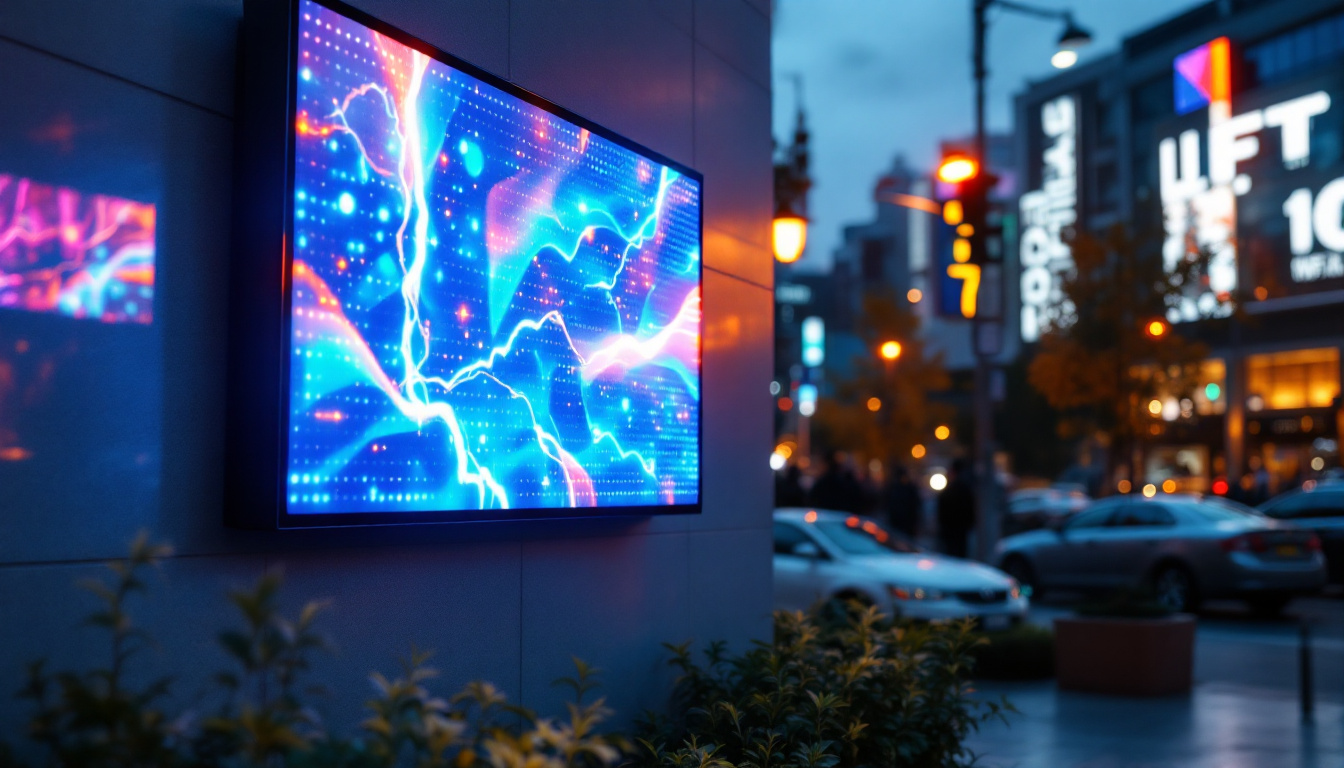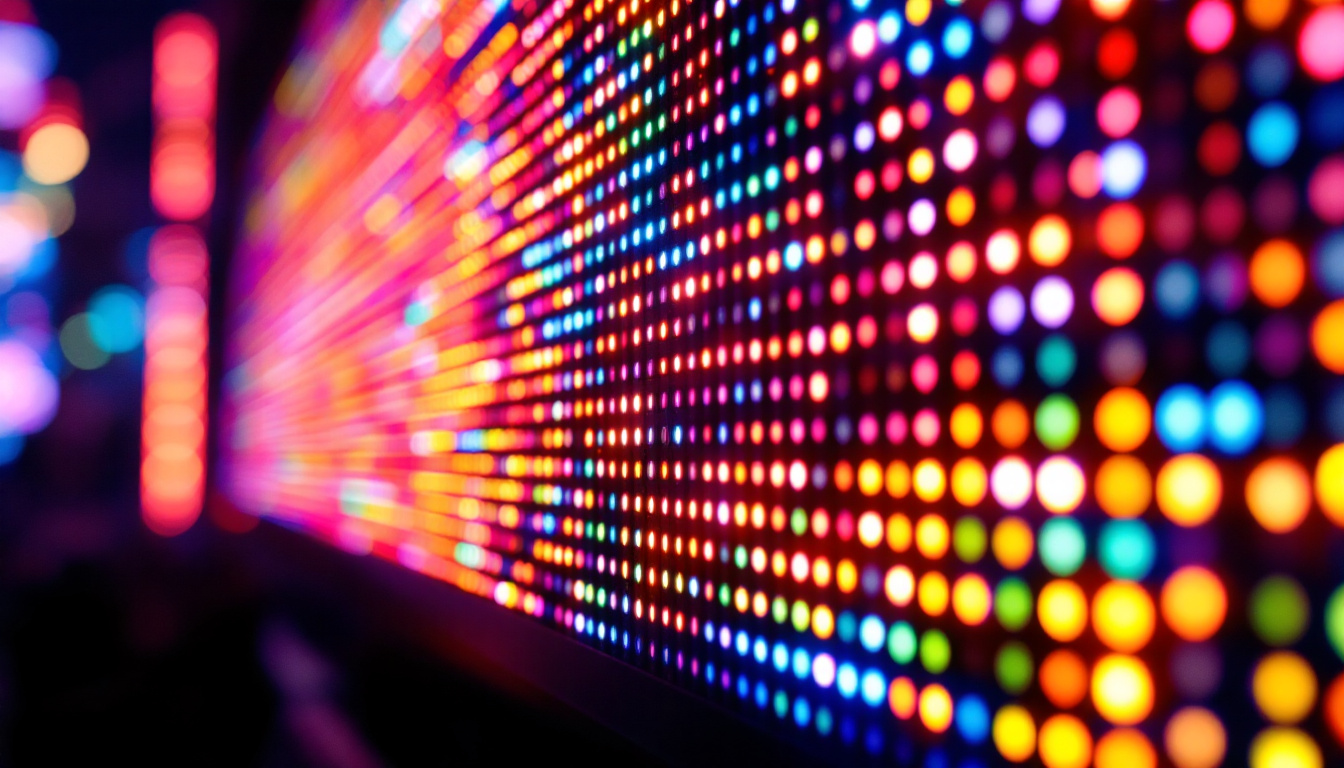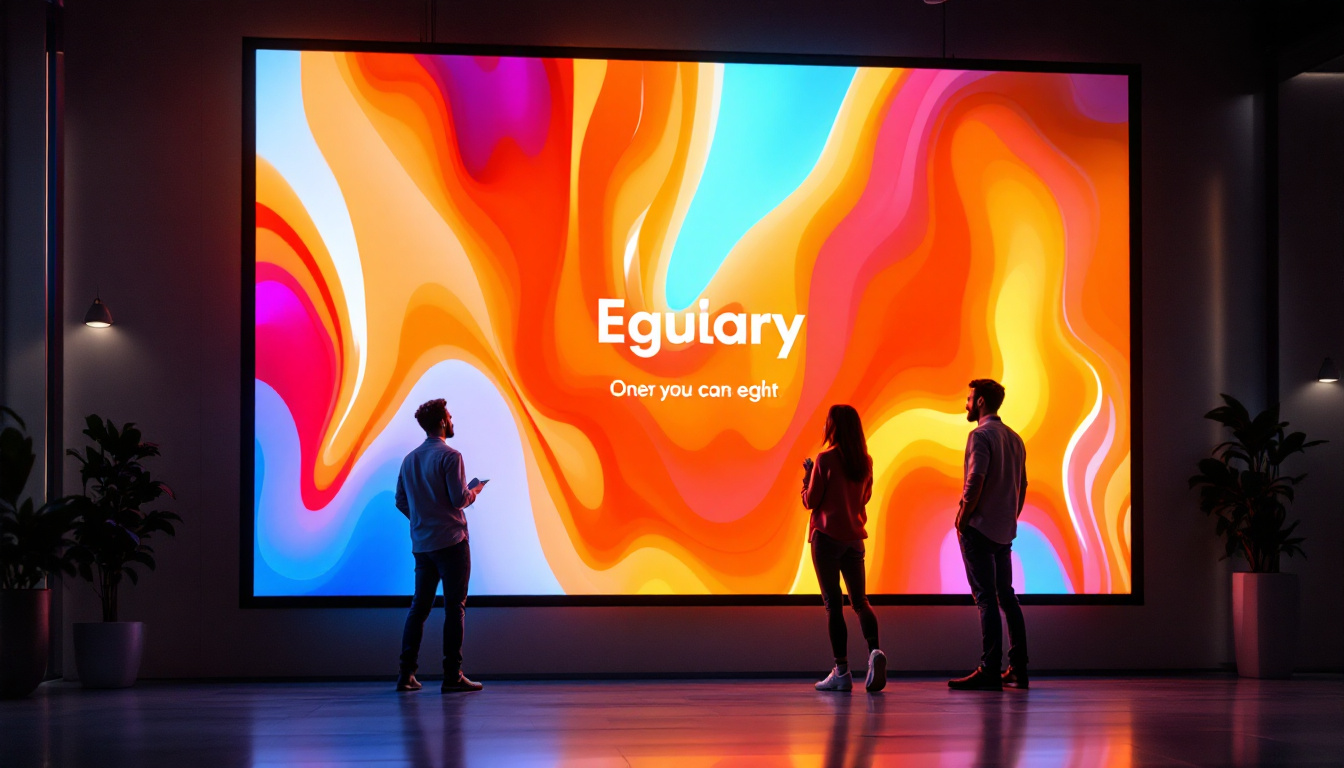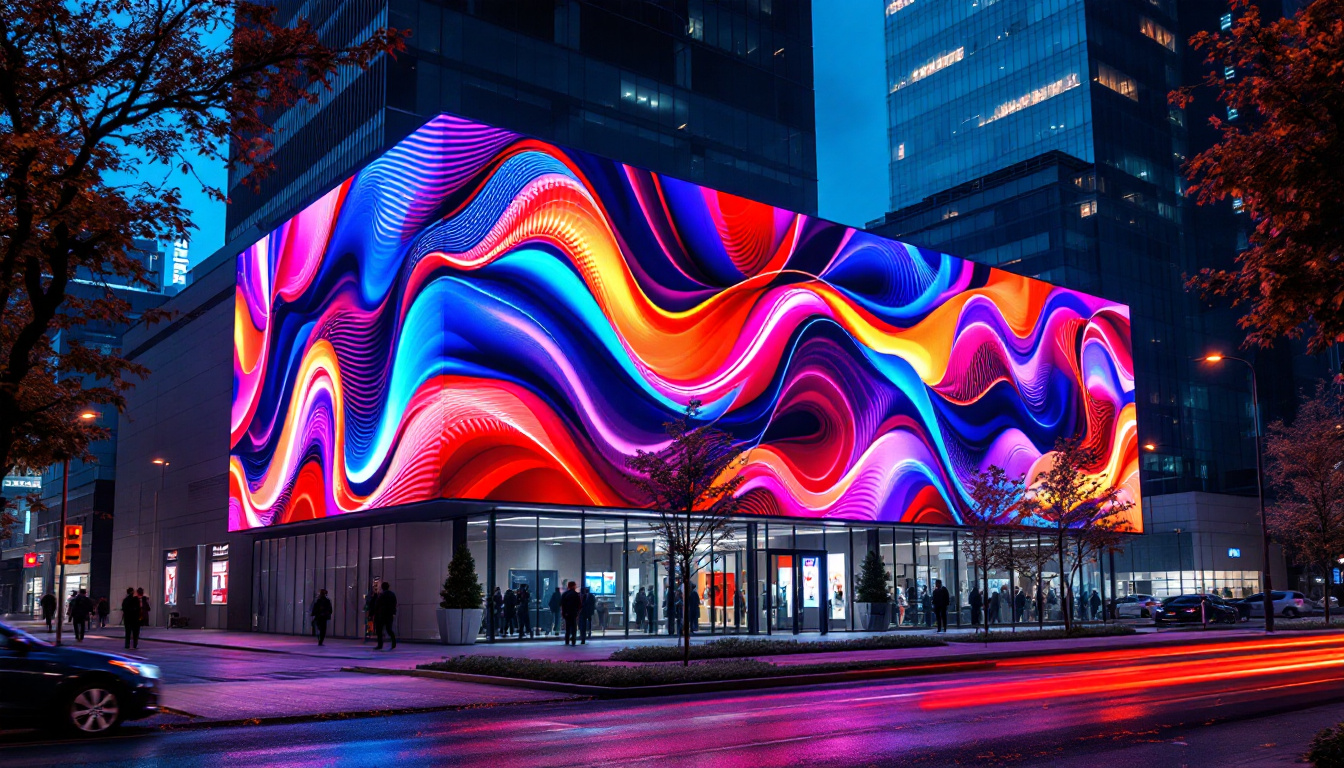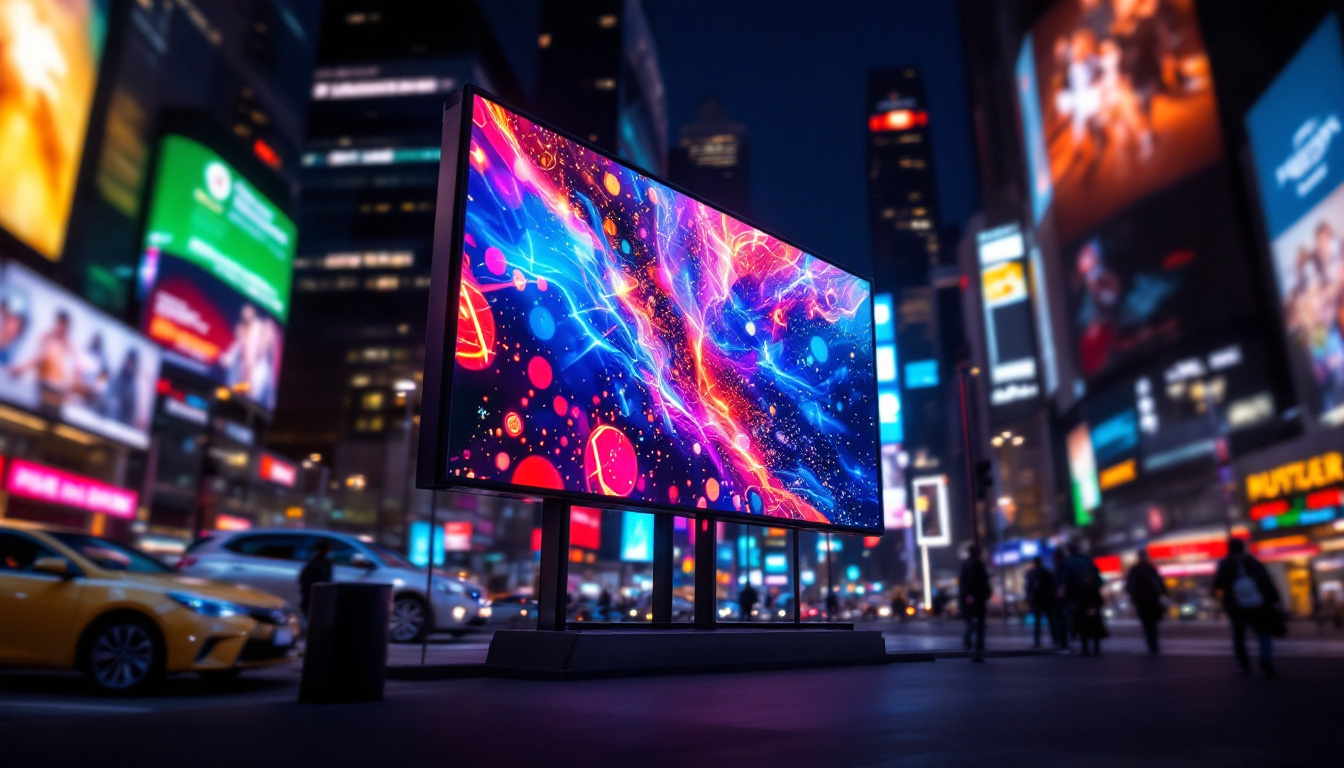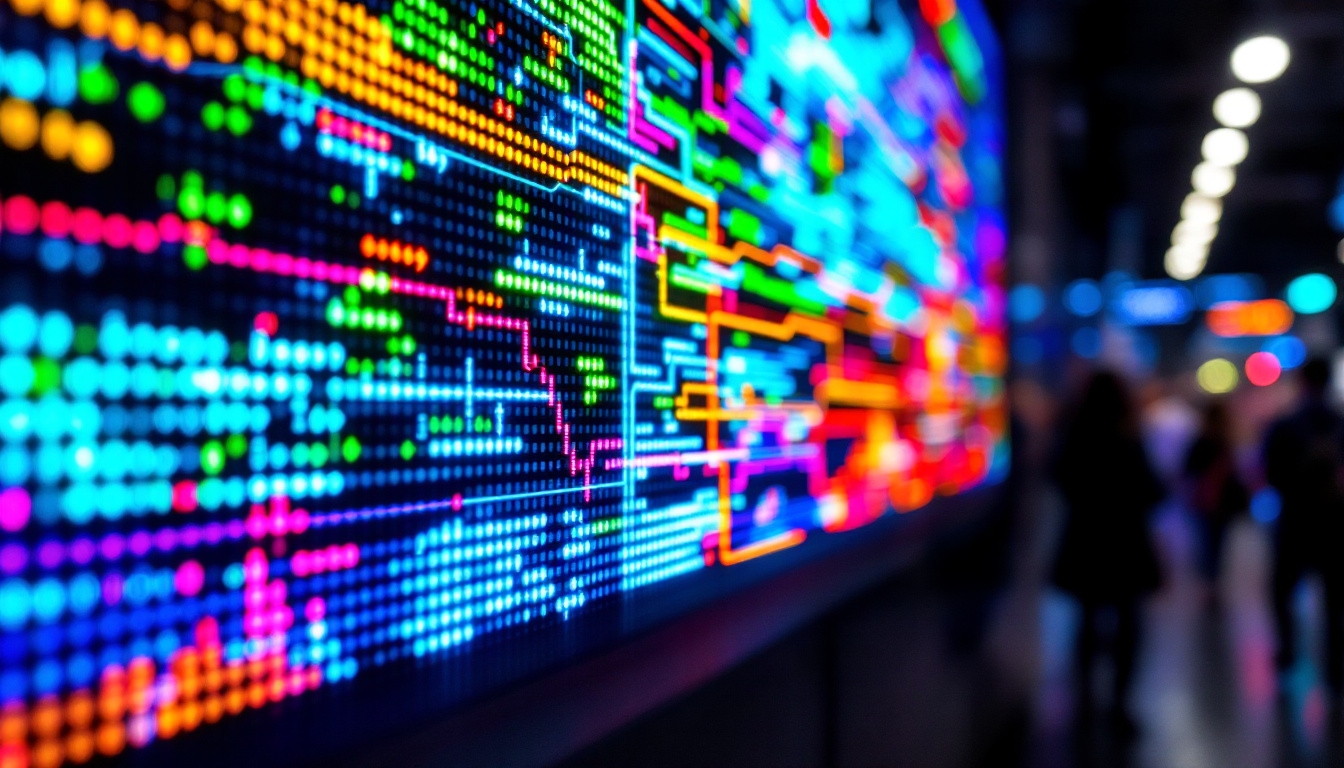In the world of modern display technology, acronyms like LCD and LED are commonly used, often leading to confusion among consumers. Understanding these terms is essential for making informed decisions when purchasing electronic devices. This article delves into the full form of LCD, the differences between LCD and LED displays, and the technology behind them.
What is LCD?
LCD stands for Liquid Crystal Display. It is a flat-panel display technology that uses liquid crystals sandwiched between two layers of glass or plastic. These crystals do not emit light by themselves; instead, they manipulate light to create images. This technology is widely used in televisions, computer monitors, and mobile devices due to its ability to produce sharp images and consume less power compared to older display technologies. The versatility of LCDs has made them a staple in modern electronics, from handheld devices to large-scale public displays, showcasing their adaptability across various applications.
How LCD Works
At the core of LCD technology is the principle of liquid crystals. When an electric current passes through the liquid crystals, they align in a way that allows varying amounts of light to pass through. This process is controlled by a backlight, typically made of fluorescent tubes or LEDs, which illuminates the display. The combination of these elements allows for the creation of vibrant images and colors. The intricate arrangement of the liquid crystals and the precise control of the backlight contribute to the display’s overall performance, ensuring that users enjoy a clear and vivid viewing experience regardless of the content being displayed.
LCDs are divided into two main types: Twisted Nematic (TN) and In-Plane Switching (IPS). TN panels are known for their faster response times, making them ideal for gaming, while IPS panels offer better color accuracy and wider viewing angles, making them suitable for graphic design and media consumption. Additionally, there are other variations like Vertical Alignment (VA) panels, which provide deeper blacks and higher contrast ratios, catering to users who prioritize cinematic experiences. Each type of LCD panel has its unique strengths, allowing consumers to choose based on their specific needs and preferences.
Advantages of LCD Displays
One of the primary advantages of LCD displays is their thin and lightweight design, which makes them easy to mount on walls or integrate into various devices. Additionally, LCDs consume less power than traditional CRT monitors, contributing to energy savings. They also produce less heat, making them a more comfortable option for extended use. This energy efficiency not only benefits the environment but also reduces electricity costs for consumers and businesses alike, making LCDs a practical choice for everyday use.
Furthermore, LCD technology has advanced significantly, leading to improved image quality and color reproduction. With the introduction of features like high dynamic range (HDR) and 4K resolution, LCDs can deliver stunning visuals that enhance the viewing experience. The latest advancements include technologies such as local dimming, which allows for better contrast by adjusting the brightness of different areas of the screen independently. This innovation, combined with wider color gamuts and faster refresh rates, ensures that LCD displays are not only suitable for casual viewing but also for professional applications where color fidelity and motion clarity are paramount. As manufacturers continue to innovate, the future of LCD technology looks promising, with ongoing developments aimed at enhancing performance and user satisfaction.
Understanding LED Technology
LED stands for Light Emitting Diode. While LED displays are often confused with LCDs, they are not entirely separate technologies. Instead, LED refers to the type of backlighting used in some LCD displays. In this context, LED displays are essentially LCDs that utilize LEDs as their light source.
Types of LED Displays
There are two primary types of LED backlighting used in LCDs: edge-lit and full-array. Edge-lit LED displays have LEDs placed along the edges of the screen, which allows for a thinner design but can result in uneven lighting. On the other hand, full-array LED displays have a grid of LEDs behind the screen, providing more uniform lighting and better contrast ratios.
In addition to these backlighting methods, there are also OLED (Organic Light Emitting Diode) displays, which are distinct from traditional LCDs. OLED technology allows each pixel to emit its own light, resulting in deeper blacks and more vibrant colors. However, OLEDs can be more expensive and may suffer from burn-in issues over time.
Advantages of LED Technology
LED technology offers several advantages over traditional LCDs that use fluorescent backlighting. One of the most notable benefits is improved energy efficiency. LED displays consume less power, making them more environmentally friendly and cost-effective in the long run.
Additionally, LED displays can achieve higher brightness levels, making them suitable for use in well-lit environments. They also provide better contrast ratios, which enhances the overall image quality. With advancements in local dimming technology, LED displays can deliver deeper blacks and more vibrant colors, further improving the viewing experience.
Moreover, the lifespan of LED displays is significantly longer than that of their fluorescent counterparts. LEDs can last up to 50,000 hours or more, which means users can enjoy their investment for many years without the need for frequent replacements. This durability is particularly advantageous for commercial applications, such as digital signage, where reliability is crucial. Additionally, LED technology is increasingly being integrated into smart displays, allowing for features like adaptive brightness and color calibration, which further enhance the user experience.
Another noteworthy aspect of LED technology is its versatility in various applications. Beyond televisions and computer monitors, LED technology is used in a multitude of devices, including smartphones, automotive lighting, and even architectural lighting. This adaptability has led to a surge in innovative designs and functionalities, such as flexible LED screens that can be bent or shaped to fit unique spaces. As technology continues to evolve, the potential for LED applications seems limitless, paving the way for even more exciting developments in the future.
Comparing LCD and LED Displays
While both LCD and LED displays share similarities, understanding their differences is crucial for consumers. The main distinction lies in the backlighting technology used. LCDs can use either fluorescent or LED backlighting, while LED displays specifically utilize LEDs.
Image Quality
In terms of image quality, LED displays generally outperform traditional LCDs with fluorescent backlighting. The ability of LEDs to produce higher brightness levels and better contrast ratios leads to more vibrant and lifelike images. However, the specific performance can vary based on the quality of the panel and the technology used.
For example, an IPS LCD with LED backlighting can provide excellent color accuracy and wide viewing angles, making it suitable for professional use. Conversely, a lower-quality TN panel may not deliver the same level of performance, even if it is an LED-backlit display.
Cost Considerations
When it comes to cost, traditional LCDs tend to be less expensive than their LED counterparts. However, the price gap has been narrowing as LED technology becomes more widespread. Consumers should weigh their budget against the features they desire, as investing in a higher-quality display can enhance the overall experience.
It is also important to consider the long-term savings associated with energy-efficient LED displays. While the initial investment may be higher, the reduced power consumption can lead to lower electricity bills over time.
Applications of LCD and LED Displays
Both LCD and LED displays are utilized in a wide range of applications, from consumer electronics to professional settings. Understanding where each technology excels can help consumers and businesses make informed choices.
Consumer Electronics
In the realm of consumer electronics, LCD and LED displays are commonly found in televisions, computer monitors, and smartphones. The versatility of these displays allows manufacturers to create devices that cater to various needs, from casual viewing to professional graphic design.
For instance, LED TVs have become the standard due to their superior image quality and energy efficiency. Meanwhile, LCD monitors remain popular among gamers and professionals who require fast response times and accurate color reproduction.
Commercial Applications
In commercial settings, LCD and LED displays are used for digital signage, advertising, and information dissemination. The ability to create eye-catching visuals makes these displays ideal for attracting customers and conveying messages effectively.
Moreover, LED displays are increasingly being used in outdoor environments due to their brightness and durability. They can withstand various weather conditions, making them suitable for billboards and public displays.
Future Trends in Display Technology
The display technology landscape is continuously evolving, with advancements that promise to enhance user experiences even further. As manufacturers invest in research and development, several trends are emerging that could shape the future of LCD and LED displays.
Mini and Micro LED Technology
Mini and Micro LED technologies are gaining traction as potential successors to traditional LED displays. These technologies utilize smaller LED chips, allowing for higher pixel densities and improved image quality. The result is displays that can achieve stunning levels of detail and color accuracy, making them ideal for high-end applications.
Mini LED displays are already making their way into the market, offering enhanced contrast ratios and better HDR performance. Micro LED technology, while still in its infancy, holds the promise of self-emissive displays that could rival OLEDs without the drawbacks of burn-in.
Flexible and Transparent Displays
Another exciting trend is the development of flexible and transparent displays. These innovations open up new possibilities for design and functionality, allowing displays to be integrated into various surfaces and environments. Imagine a smartphone with a flexible display that can bend without breaking or a transparent screen that can blend seamlessly into a room’s decor.
As these technologies mature, they could revolutionize how consumers interact with devices, leading to new applications in architecture, automotive design, and more.
Conclusion
Understanding the full form of LCD and the nuances of LED technology is essential for anyone looking to purchase a display device. While both technologies have their advantages and applications, the choice ultimately depends on individual needs and preferences.
As display technology continues to evolve, consumers can look forward to even more exciting advancements that enhance image quality, energy efficiency, and overall user experience. Whether it’s for personal use or professional applications, staying informed about these technologies will ensure that the best choices are made in an ever-changing market.
Discover LumenMatrix’s Advanced LED Display Solutions
As you consider the future of display technology for your personal or professional needs, LumenMatrix stands at the forefront, ready to illuminate your space with our innovative LED display modules. Our commitment to enhancing brand visibility and creating immersive visual experiences is evident through our diverse range of products, including Indoor and Outdoor LED Wall Displays, Vehicle LED Displays, LED Poster Displays, and much more. Embrace the revolution in visual communication with LumenMatrix’s cutting-edge solutions that promise to captivate your audience and deliver your message with unparalleled impact. Check out LumenMatrix LED Display Solutions today and see how our technology can transform your visual storytelling.




